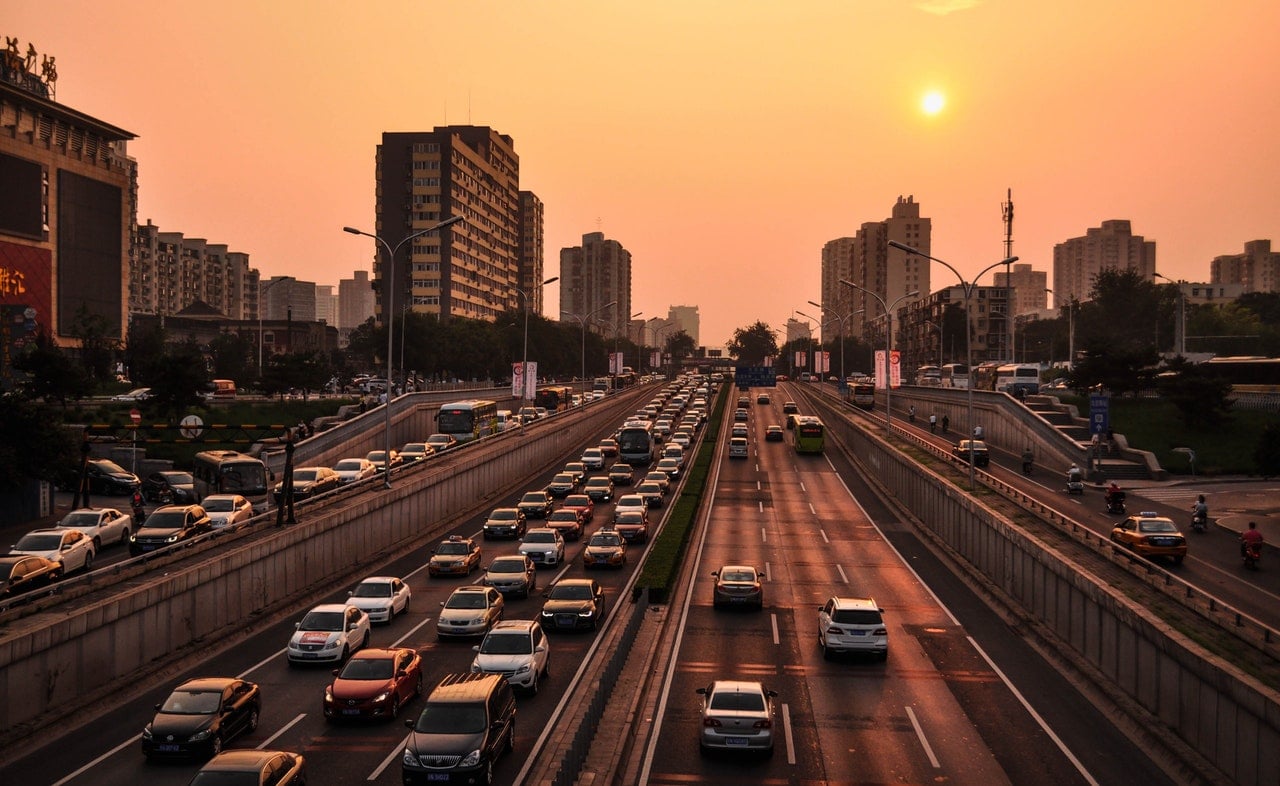Determining whether or not you need rideshare insurance is simple. Do you drive for a ride share company like Uber or Lyft? If the answer is yes, then you need this kind of insurance. The types of rideshare insurance North Carolina drivers can get may be different than those available in other states, but it doesn’t change the fact that you need some type of rideshare insurance if you drive for a rideshare company.
IMAGE: PEXELS
Relying On Your Personal Auto Insurance
Perhaps you’re thinking that your personal auto insurance can cover your rideshare activities. After all, you’re using your own personal car, right? Wrong.
If you check with your auto insurance, you’ll find out that your insurance plan most likely doesn’t cover your circumstances. In general, traditional auto insurance policies don’t provide coverage when you’re transporting items or people for a fee. That’s not personal business—that’s commercial.
So if you ever get into an accident and file a claim when you’re working for Uber or Lyft, your claim may get denied when they find out about your work with the rideshare company.
In fact, if your auto insurance provider finds out about your work with the rideshare company, the provider may refuse to renew your personal auto insurance policy or even cancel it outright.
What About Insurance Coverage From The Rideshare Company?
Both Uber and Lyft do offer insurance coverage, but the limits depend on your particular circumstances during the accident. If you get into an accident while you’re ferrying a rideshare passenger, then the coverage limit can go up to $1 million per accident. The coverage can include bodily injury, property damage, and vehicle damage.
What if you’re waiting for a ride request? During this time when the app is on and you don’t have a passenger yet, the maximum coverage is much more limited. It’s just $50,000 per person, $100,000 per incident and $25,000 for property damage. It generally only covers your liability for someone else’s injuries and property damage.
In some cases, there may be a gap when the app is on and there aren’t any passenger requests yet. During this period, there may not be any coverage at all. In addition, when you’re offline the rideshare company won’t be responsible for any type of coverage either.
Available Rideshare Insurance
At this point, it should be pretty evident to you that you have certain gaps that leave you vulnerable to lack of coverage. So what you need to do is to obtain the proper auto insurance policy or add-on that should minimize those gaps or perhaps even eliminate them entirely.
Here are some of your options:
- Rideshare-friendly auto insurance. This is the type of insurance that at least tolerates the fact that you drive for a rideshare company. So you can obtain this and your auto insurance provider won’t cancel your current policy because of your driving activities.
Since it doesn’t cover your driving activities while you don’t yet have a passenger request, your best option is to stay still and not drive at all while you’re waiting. Only when there’s a passenger request should you start to get on the road, as that’s when the rideshare coverage of Lyft or Uber starts.
- Coverage for the waiting period. This gives you coverage while you’re driving, the app is on, and you don’t have a passenger request yet. At this point the rideshare company’s coverage isn’t in effect, so now you’re covered.
- Commercial insurance. This is much more expensive, and it can eat at a lot of your rideshare wages. But even then, obtaining this may be more preferable to not having any ride share insurance at all.
Just don’t forget to discuss the matter with your current provider if you decide to drive for a rideshare company. You may be able to understand the limits of your policy, and perhaps you may get additional coverage for your new driving activities.
If you are interested in even more lifestyle-related articles and information from us here at Bit Rebels then we have a lot to choose from.


COMMENTS